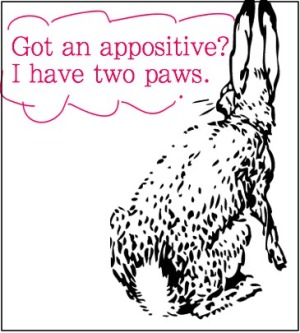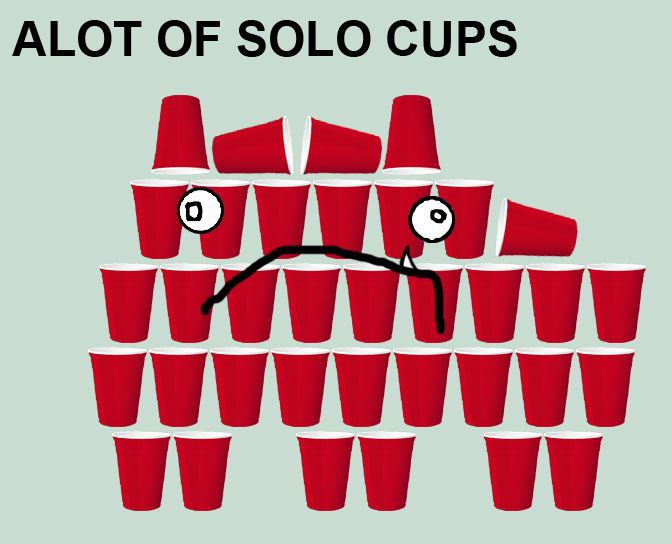Week 4: Rain garden draft one due on Friday+peer editing Monday
First, here is the critical thinking strategy to teach a stressed, busy reader about a complex topic quickly (Jane is in this position). What is the cognitive wedge? Read this one page, illustrated Google Doc.
And for our first Eli Review task, we want to use this dummy text guide to show you want the cognitve wedge gives at the begining of a document.
Instructions to begin with Eli Review:
- Go to Eli Review.
- Did you view the video I suggested last week? View at least one now.
- Sign up for the course: Our Eli Review course code = direst591manias
- Pay! Use these two steps to save you money and get you through May
- Sign up for two week trial
- THEN, pay for the class at the 3 month rate.
The first task is due on Friday by 11:45 PM -- your calendar notes these due dates.
PREVIEW: We will talk about sources this week and next. However, generally in the memo you are dealing in common knowledge and do not need sources strictly. YET, you will use preview links, well curated next week.
On to a craft lesson: What is an appositive? A bit of information you insert in between the subject and the verb. You need commas or other sorts of punctuation to set this off. This image of bunny paws can help you remember to do this:

Let's review some sentence items -- with detail on appositive strategies -- from last week in this one page PDF on my Google Drive
Hello to Wednesday: context paragraph. What is the JOB of the context paragraph? Several, actually. Try to answer:
- who? -- Larry Coffman, of PG County Department of Environmental Services (formerly)
- where? -- Prince George's County, first in Somerset area
- when? -- early 90s, meaning that the technology is mature and tested
- what/why? -- pioneered a low cost way to address the last mile problem of storm water management
- what is a last mile problem?
- storm water management to address storm event overflow with erosion (loss of soil) and sediment effluent into watershed
- now? We can absorb pollutants of several types, which raises your question of how. NOW, transition to the illustration paragraph, no. 3.
So, I told you to not worry about sources yet, though you may want to look at a few additional places. For example, you will feel confident about describing the illustration (form and function/above ground and below ground/biotic and abiotic) -- visit the Low Impact Development Center. In class, I will reveal insider knowledge about how/why this will be come an authoritative source for you next week.
Gif of the day:

Happy dreary Friday, yet we have RAIN. MuHaHaHa. For our rain garden memo.

I will be around (same GoogleMeet all semester) per usual at
- 9
- 10
- 11
Between the n:50 to (n+1:00) time, I am possibly walking doggy in rain. Be patient as I will return.
As of this morning, I see 17 submissions by 49 people. This means that about 20 of you have yet to sign up for Eli Review. You must do this to be able to submit your draft. i implore you to submit something so that you can participated in the giving and receiving of feedback. Recall that you earn labor grades for showing up in this way.
If you do not post this assignment on time, you will be excluded from the peer revision work. That work is due Monday evening at 11:45. This means that you can do over the weekend if you like but you can wait to ask me questions in class on Monday. Again, respond to your colleagues by that deadline. PLEASE.
(I emphasize because students seem to not get this pattern!)
Grammar moment of the day -->> Alot v. A lot: the abomination of alot. alot is not a word. Let's see what this blogger says about remembering to use a lot and not alot(click into image to access her website).
Click into the above image to enjoy (Hyperboleandahalf) Allie Brosch's rant about a lot v. alot. Many images!
Now, to this bit of charm from N.N., a former student. Ta DAH! She made this in response to beer-can Alot.
Reader Comments